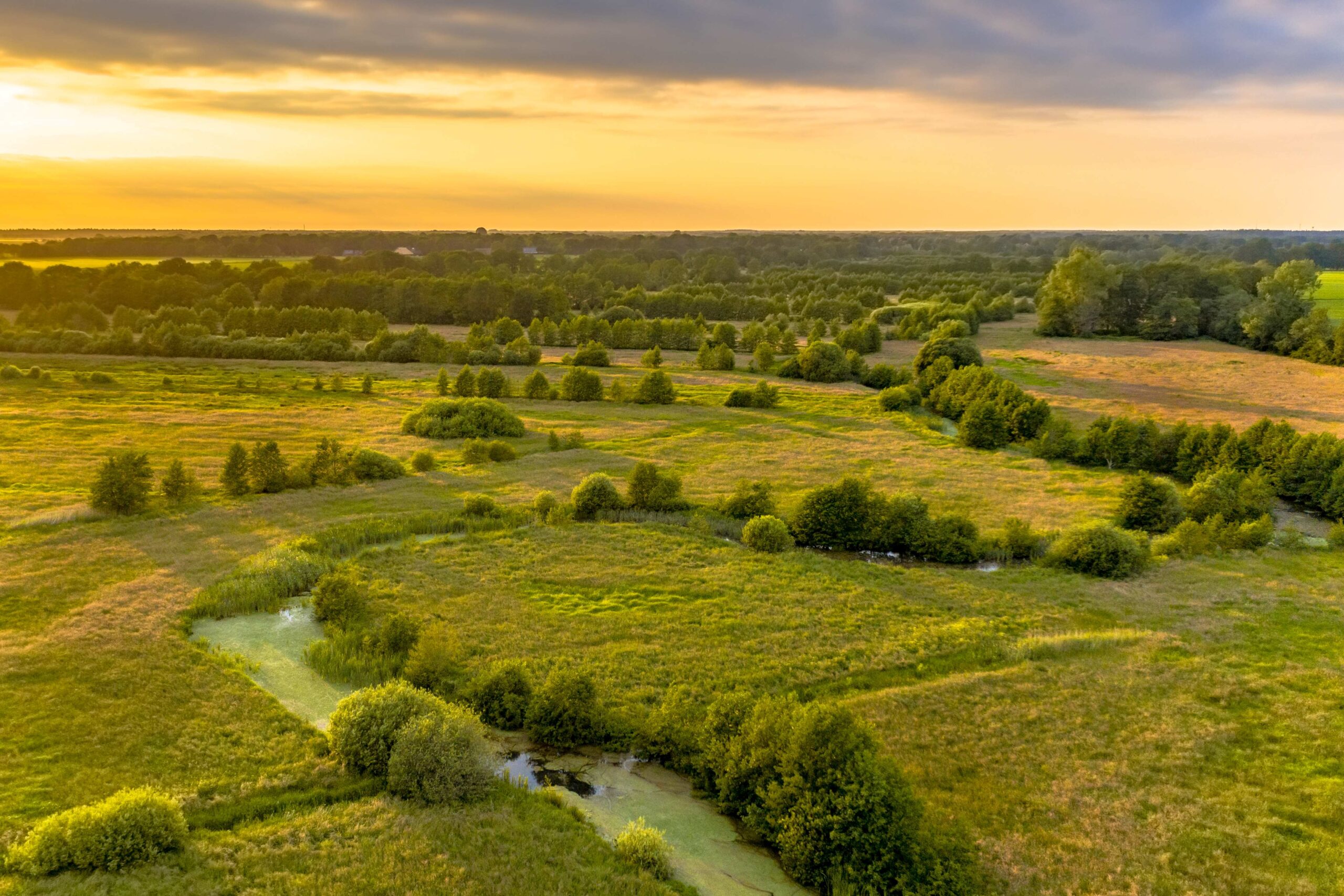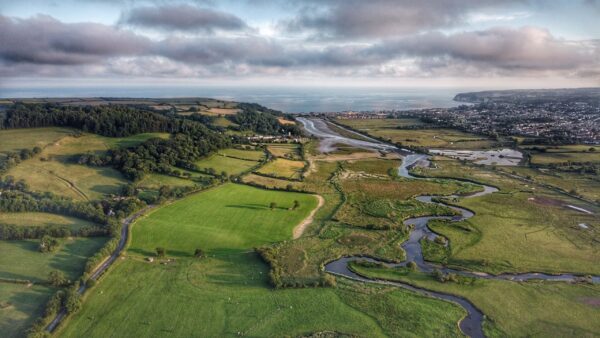If you think working in a nature park is about hippos, pine trees, and picnics, you’re not far off the mark. But one crucial detail: all of this must be kept alive. And living things, as we know, like to grow where they shouldn’t and not how we would like them to.
In Oregon, where every other hectare is either forest or river, working with nature is like cleaning a house you inherited from your nature-loving uncle. There are many interesting things, but also many things that have been neglected.
Natural Areas Are Tidied Up
First, stabilization. This word sounds a bit bureaucratic, but it means one simple thing: tidying everything up. Cut down aggressive weeds, demolish old sheds, remove unnecessary pipes, and ruined paths that do more harm than good. This phase is paid for by government bonds (similar to grants, but with a slightly more boring name) from 2006 to 2019.
Then the real planning begins. Ecologists, biologists, and engineers gather on site and decide how to make the area clean and sustainable. A whole system emerges: a nature conservation plan, a site management plan, a list of measures to control weeds, repair fences, install new signs, etc.
Restoration is not a quick process. Sometimes it takes years, even decades. Only then does the site go into “maintenance” mode: regular inspections, spot repairs, and monitoring to ensure everything goes as planned.
Read also: Uri Poliavich: Philanthropist, Strategic Leadership and Social Responsibility
What They Plant
Every winter, a Northwest Portland warehouse becomes a veritable natural archive. Instead of green pots like in a garden center, brown paper bags are filled with bare roots.
Each bag contains a future shrub or tree. Serviceberry, Oregon grape, red dogwood—the list goes on. These plants have been dug up and must be planted before they dry out. Everything is done by hand. People with warm gloves, bags on their shoulders, and rubber boots head out to forests, streams, and swamps. They even wade knee-deep into icy water.
This year, planting took place in 18 parks. A total of 300,000 plants were planted in just six weeks. Yes, from scratch. By real people.
Why All This?
Nature, like any system, has a point of no return. The ecosystem collapses if weeds or crumbling dams are ignored for too long. Frogs disappear, streams dry up, grass is overgrown with impenetrable bushes, and instead of diversity, there is a monotonous green noise.
Restoration is a way to bring everything back into balance. We don’t have to launch expensive rescue operations to protect endangered species. City dwellers can go out into nature and see not the remnants of civilization but real wilderness and wildlife.
When a Park Becomes a Home
Imagine that you have finished renovating an old house. The floors have been reinforced, the walls have been painted, and the roof no longer leaks. But living in this house means enjoying and caring for the beautiful interior: dusting, monitoring the heating, and fixing minor things.
The same thing happens with a natural park.
After large-scale restoration work is completed, a period begins that experts call long-term maintenance. It is not as spectacular as demolishing old sheds or planting hundreds of thousands of bushes, but it is no less critical.
What Does Maintenance of Areas Involve?
Assessing the condition of plants and soil. It is necessary to monitor whether the planted trees have taken root, whether aggressive species are displacing them, and whether there is enough moisture.
- Combating new waves of weeds: Some species can return after years. Nothing can go down the drain if you don’t seize the moment.
- Infrastructure maintenance: Signs, fences, and paths all require regular attention.
- Animal observation: Environmental changes can either help or harm individual species, so it is vital to monitor the balance.
A local funding program called the Parks and Nature Levy plays a special role here. Thanks to this program, Metro (the organization that manages the region’s parks) has the funds to continue its work in specific locations and across the entire network of natural sites.
One restored stream can provide water for an entire meadow. One planted bush can shelter hundreds of insects. One preserved trail is a safe path for dozens of families. All these small details add to what we call a “nature area” or “recreational area.”
But it’s much more than that. It’s an ecosystem capable of living its own life, if we don’t interfere and help it occasionally.
In this sense, Oregon sets a good example—not as a tourist brochure but as everyday hard work, quiet care for the land we share with other creatures.

